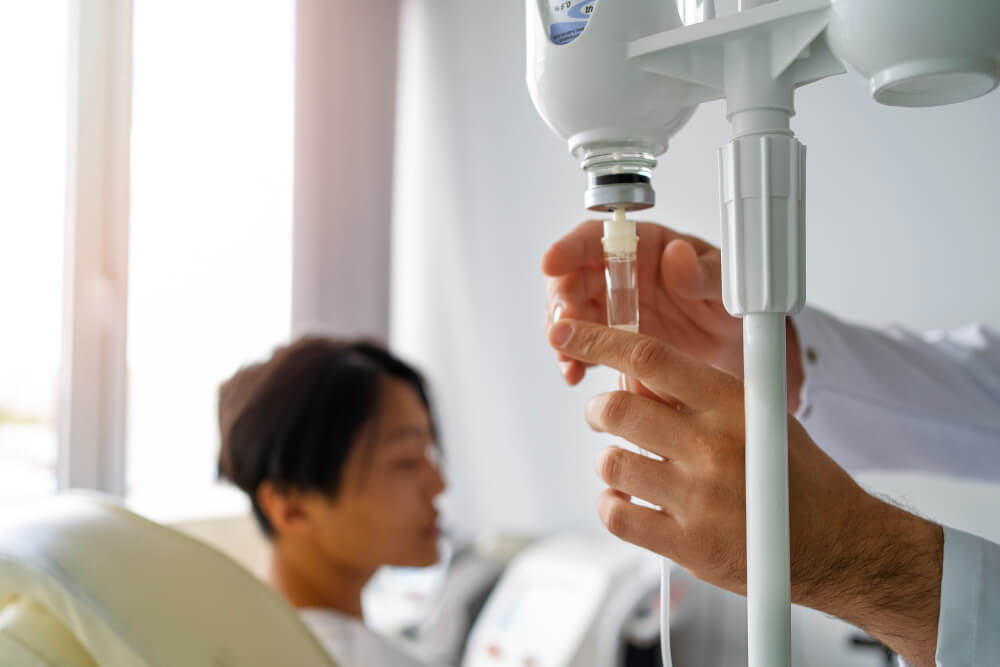Infusion Therapy for Antibiotics
Infusion therapy, also known as intravenous (IV) therapy, is a medical procedure that involves administering medications directly into the bloodstream. This technique is particularly effective for delivering high doses of antibiotics to treat serious infections. By bypassing the digestive system, infusion therapy ensures that the medication is quickly absorbed and reaches the affected area.
Common Infections Treated with Infusion Therapy
Infusion therapy is often used to treat a variety of infections, including:
- Bacterial Infections Serious bacterial infections, such as pneumonia, sepsis, and meningitis.
- Fungal Infections Severe fungal infections that are resistant to oral medications.
- Parasitic Infections Parasitic infections that require high doses of antibiotics.
- Hospital-Acquired Infections Infections acquired in a healthcare setting, such as pneumonia or bloodstream infections.
Benefits of Infusion Therapy for Antibiotics
Infusion therapy offers several benefits over oral medications:
- Rapid Absorption Infusion therapy ensures that the medication is quickly absorbed into the bloodstream, providing immediate relief.
- High Doses Higher doses of antibiotics can be administered through infusion therapy, which may be necessary for serious infections.
- Targeted Delivery Infusion therapy allows for the targeted delivery of antibiotics to the affected area, improving treatment effectiveness.
- Bypasses Digestive System Infusion therapy avoids the digestive system, ensuring that the medication is not broken down before reaching the bloodstream.
Types of Infusion Therapy for Antibiotics
Several types of infusion therapy can be used to deliver antibiotics:
- Continuous Infusion The medication is administered at a constant rate over a prolonged period.
- Intermittent Infusion The medication is administered in bolus doses over a shorter period.
- Push Infusion The medication is administered rapidly over a short period.
The Infusion Therapy Process
Infusion therapy typically involves the following steps:
- Preparation Preparing the patient for the infusion, including ensuring that the intravenous line is in place.
- Administering the Medication Administering the prescribed antibiotics intravenously over a specified period.
- Monitoring Monitoring the patient’s vital signs and for any adverse reactions.
Choosing a Specialty Care Clinic for Infusion Therapy
Selecting the right specialty care clinic for infusion therapy is crucial for effective treatment and a successful outcome. Consider the following factors:
- Expertise Look for a clinic with experienced infectious disease specialists who specialize in infusion therapy.
- Technology Ensure the clinic has access to state-of-the-art equipment and facilities for administering infusions.
- Patient Reviews Read reviews from other patients to get a sense of the clinic’s quality of care.
- Insurance Coverage Check if your insurance plan covers infusion therapy.
- Location and Accessibility Consider the clinic’s location and accessibility, especially if you require frequent treatments.
The Importance of Follow-Up Care
Regular follow-up appointments with your healthcare provider are essential for monitoring your progress and addressing any concerns.
- Assessing Treatment Effectiveness Evaluating the effectiveness of the infusion therapy and making adjustments as needed.
- Preventing Recurrence Taking steps to prevent the recurrence of the infection.
- Managing Long-Term Effects Addressing any long-term effects of the infection or its treatment.
Infusion therapy is a valuable tool for delivering high doses of antibiotics directly into the bloodstream, ensuring effective treatment for serious infections. By seeking care from a qualified healthcare provider and following a personalized treatment plan, individuals can improve their symptoms, prevent complications, and achieve a successful recovery. Early diagnosis and prompt treatment are essential for preventing long-term damage and ensuring optimal outcomes.


